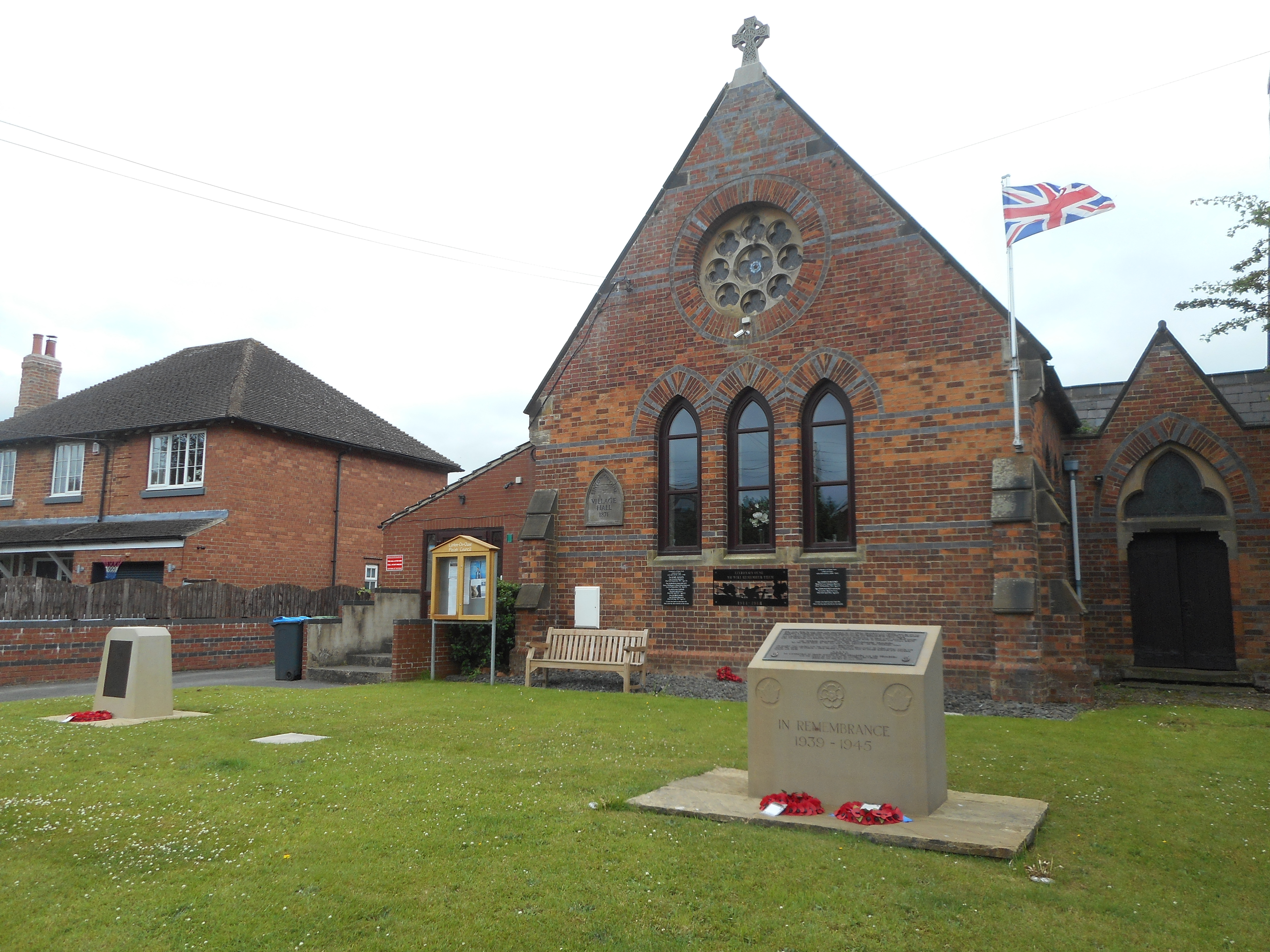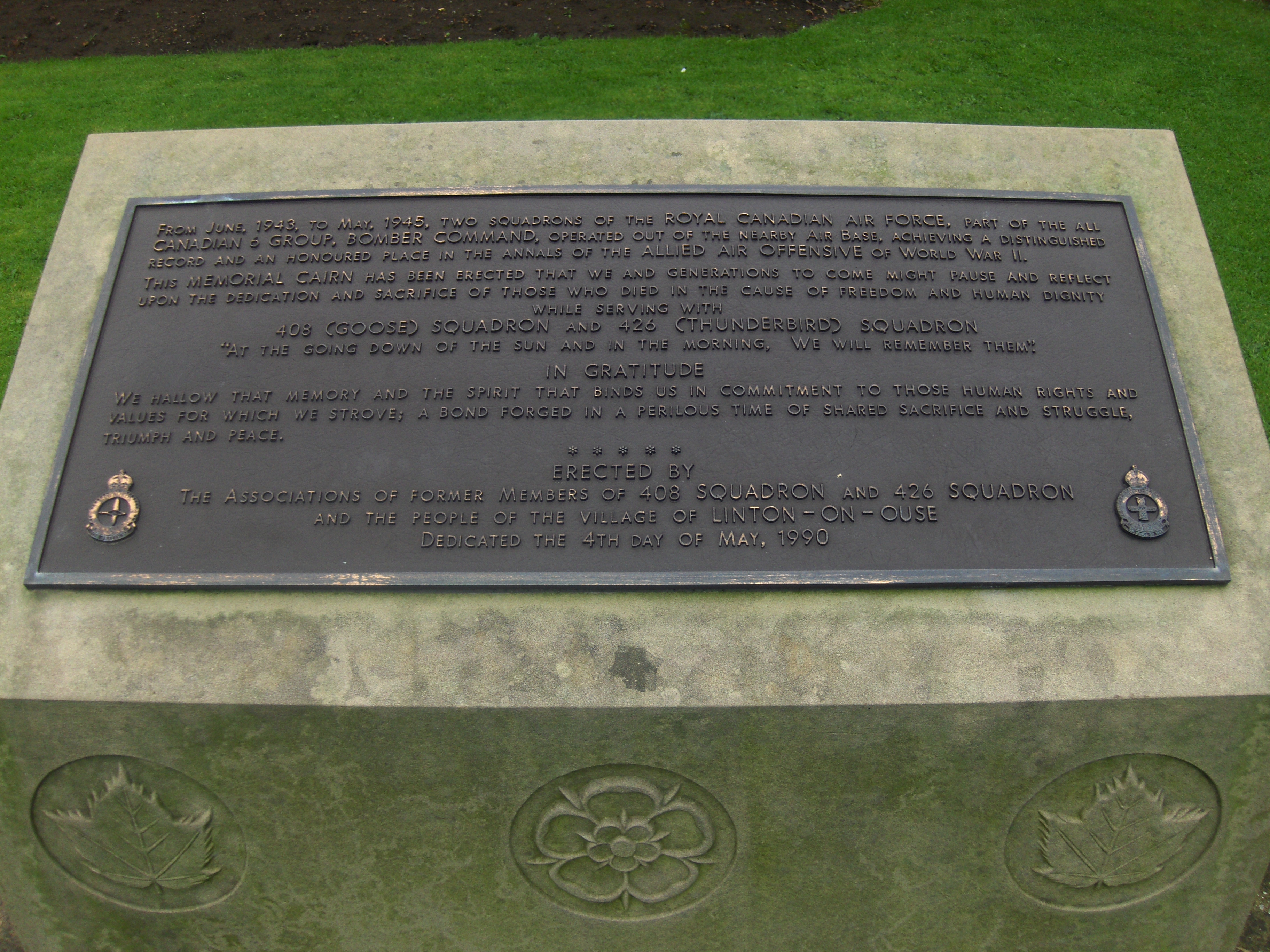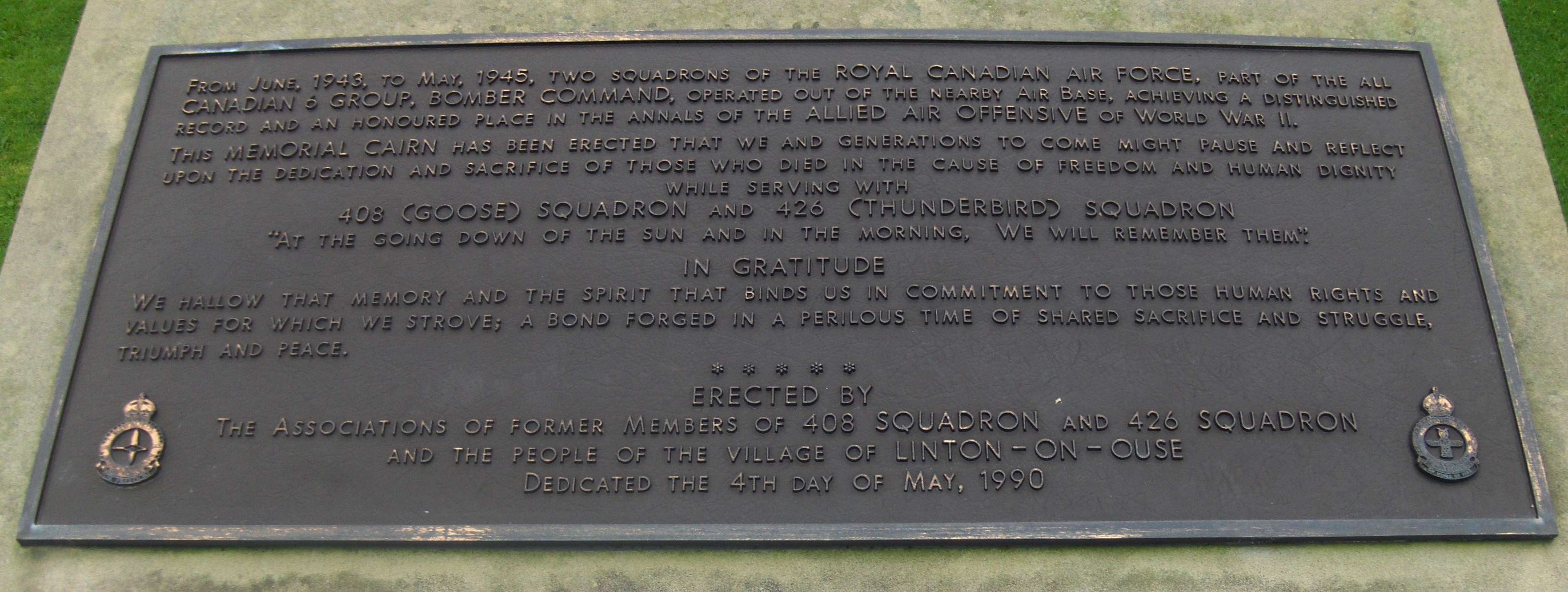Myerson, Philip
Personal Information
| Rank | P/O |
| Forename(s) | Philip |
| Surname | Myerson |
| Gender | M |
| Age | 20 |
| Date of Death | 29-01-1945 |
| Next of Kin | Son of Emanuel and Elsie Myerson, of Sydney, New South Wales, Australia. |
Aircraft Information
| Aircraft | Handley Page Halifax VII |
| Serial Number | NP746 |
| Markings | EQ-E |
Memorial Information
| Burial/Memorial Country | Germany |
| Burial/Memorial Place | Durnbach War Cemetery |
| Grave Reference | 3. G. 21. |
| Epitaph | PROUDLY WE MOURN. MAY HIS SACRIFICE NOT BE IN VAIN |
IBCC Memorial Information
| Phase | 2 |
| Panel Number | 217 |
Enlistment Information
| Service Number | 432398 |
| Service | Royal Australian Air Force |
| Group | 6 |
| Squadron | 408 (Goose) |
| Squadron Motto | For freedom |
| Trade | Wireless Operator |
| Country of Origin | Australia |
Other Memorials
| Location | Village Centre, Linton on Ouse, North Yorkshire |
| Country | United Kingdom |
| Memorial Type | Stone Memorial and inscribed slate tablet |
| Memorial Text | In memory of 408 (Goose) and 426 (Thunderbird) Squadrons of R.C.A.F |
Commonwealth War Graves Commission
Fellow Servicemen
Please note that this list gives all the losses aboard the quoted aircraft and occasionally these may have occurred on an earlier date when the aircraft was not itself lost. Please check the dates of death carefully.
Last Operation Information
| Start Date | 28-01-1945 |
| End Date | 29-01-1945 |
| Takeoff Station | Linton-on-Ouse |
| Day/Night Raid | Night (99% moon) |
| Operation | Stuttgart. 602 aircraft, 11 losses (1.8%). A two-part raid with 3 hours between each. The first wave of 226 aircraft attacked railways yards at Kornwestheim. The second wave attacked Zuffenhausen which contained the Hirth engine factory. Sky-markers were used due to complete cloud cover and bombing was somewhat scattered. The Bosch factory was hit as a result of the Kornwestheim attack and it is said that the local people felt they had been bombed by mistake. Interestingly, dummy sky-makers were used in the defence of the city- small ground launched rockets. This was the last of 53 major raids on the city, which had endured a 63% destruction of its building stock and the loss of 4562 lives which was much lower than might have been the case had the air-raid defences been built into the sides of the hills. |


